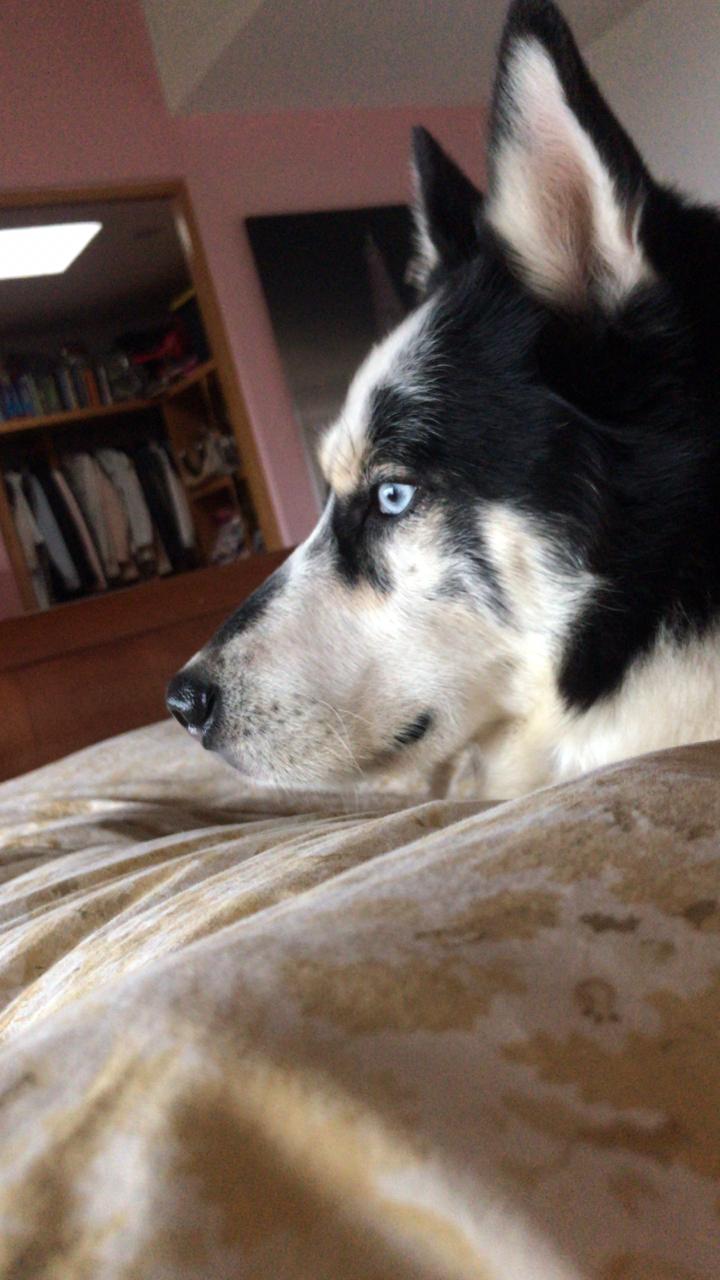Dog shedding can be frustrating for all of us, no matter how much we love our dogs. The mess of dog hair can be enough to drive dog owners nuts. All dogs shed to some degree, with the exception of completely hairless dogs.
Shedding Season
In general, most dogs will shed extra during spring and fall. Most dogs are double-coated; they have undercoats and top coats. The top coat is what you see and feel on the outside. The undercoat is made up of secondary hairs that grow around the primary hairs and tend to be shorter and softer. Seasonal shedding occurs as a result of temperature change. This process is sometimes called "blowing coat." When the weather warms, dogs shed their old winter undercoats to make way for a lighter summer coat. Then, when it begins to get cool again, dogs shed their lighter undercoats and grow thicker, warmer coats for winter.
Other Reasons for Shedding
Your dog's health can affect the shedding rate, so it is important to take note of unexplained excessive shedding. Skin problea, endocrine diseases, nutritional or vitamin deficiencies, and other metabolic disorders can cause hair loss or change the rate of hair growth. It is important to contact your veterinarian if the rate of shedding seems unusual for your dog. Keep your dog healthy with routine vet visits and proper nutrition.
There's no way to completely stop shedding. It's a healthy and natural process that is necessary for dogs. Shaving your dog down is not a good idea, as it can interfere with your dog's natural self-cooling and self-warming mechanism. In the long run, it will not make shedding occur any less. In rare cases, the hair in shaved areas will grow back abnormally or not at all. The key to preventing excessive shedding is to keep up with it.
Managing All the Hair
Shedding makes a mess, no doubt about it. As a dog owner, you have probably come to terms with the fact that regular housecleaning is the norm, especially during shedding season. The key is to remove hair before it has a chance to embed itself into your carpet and upholstery. You can buy our World´s Best Pet Hair Remover.

:max_bytes(150000):strip_icc():format(webp)/GettyImages-985611138-5c29ae66c9e77c0001ed8398.jpg)
:max_bytes(150000):strip_icc():format(webp)/GettyImages-596076635-5c29af8b46e0fb0001b7656d.jpg)
:max_bytes(150000):strip_icc():format(webp)/GettyImages-468196896-5c29af2746e0fb0001f2c071.jpg)